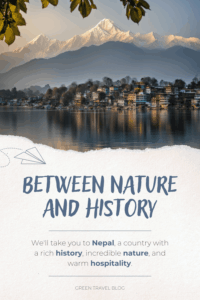Nepal – the name conjures up images of snow-capped peaks, colorful prayer flags, mysticism and foreign cultures. For many, the small Himalayan country between India and Tibet is a place to yearn for: to seek adventure and to encounter a completely different world. However, even here tourism is a double-edged sword. Visitors to the Mount Everest base camp, who have created the “world’s highest garbage dump,” are the most famous example. Sustainable tourism, on the other hand, is a real opportunity for the country.
Mad honey and man-eaters? Nepal is more than headlines and clickbait
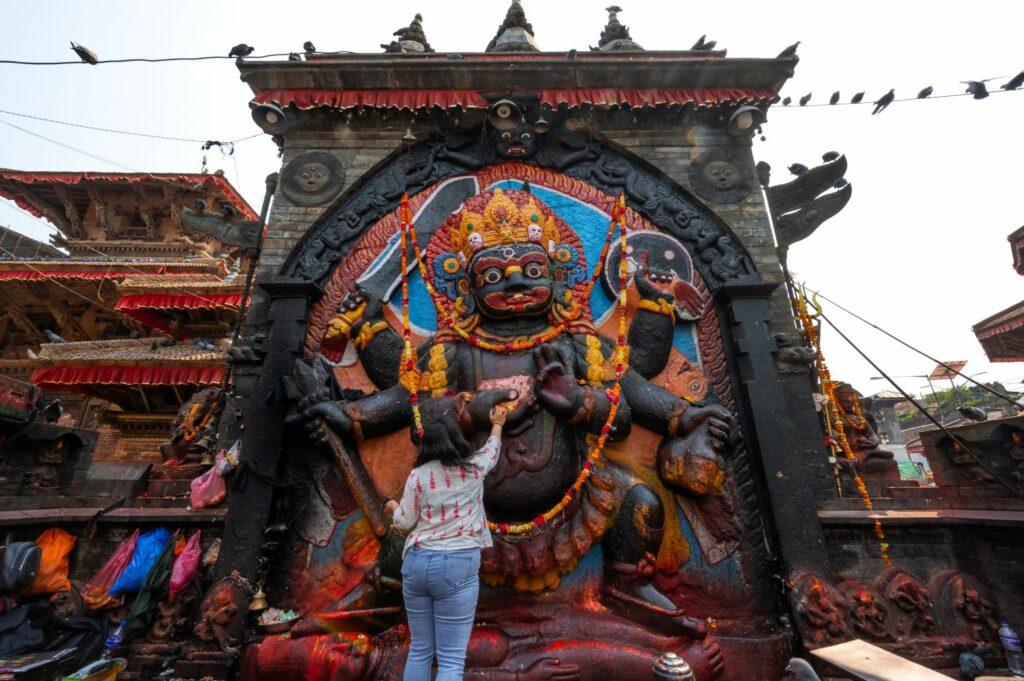
Nepal’s cultural peculiarities exert a sometimes borderline fascination on the West. Among the most popular travel videos about Nepal are the harvesting of psychedelic “mad honey” (over 51 million views), the burning of corpses and a visit to a “cannibal” (around 5 million views), and a report on the Kumari, a young girl worshipped as a living goddess in Nepal (around 9 million views).
Sensationalizing and exoticizing people, exploiting strange traditions and behaviors for Western eyes to generate clicks, has nothing to do with supporting the country or promoting tourism. Nor does it have anything to do with education, informed criticism, or reassessment, which are often used as defenses for such images. So be careful and don’t let such things blind you to Nepal and your trip there. After all, Nepal is home to people just like you and me. Be open and show interest in the real culture of the country – not clickbait videos.
Douglas MacLagan, the English founder of The Pavilions Himalayas – The Farm, whose story we recently featured on our blog, paints a similar picture of his encounters with the people of Nepal:
„They had so little, but they were willing to share everything to make someone they had never met happy and to show them respect. (…) What also surprised me was how happy the people were. They don’t need the materialism I grew up with. Their evening entertainment consisted of sitting around the fire as a family, as a community, telling jokes, talking about village and family matters, and discussing what needed to be done on the land.“
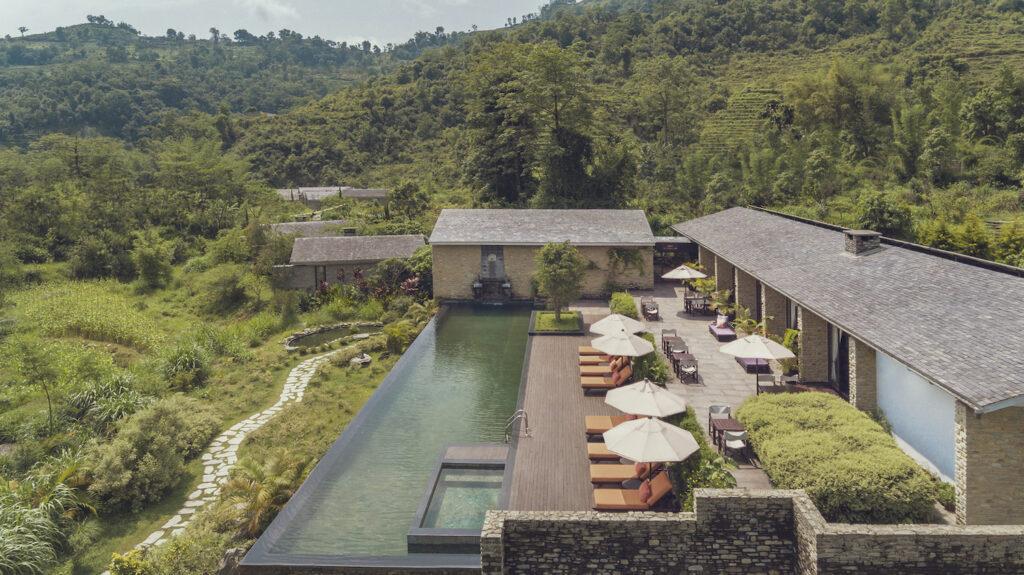
Tourists are a challenge
More than a million tourists visit Nepal every year. According to hotel manager Rajiv Desraj Shrestha of The Pavilions Himalaya – The Farm, people of all ages travel to the small country. “And they are equally divided between adventure and cultural tours,” he adds.
The tourism sector is very important for Nepal. It provides thousands of jobs and plays a crucial role in preserving Nepal’s unique cultural and natural heritage. But it also has its downsides.
The highest garbage dump in the world
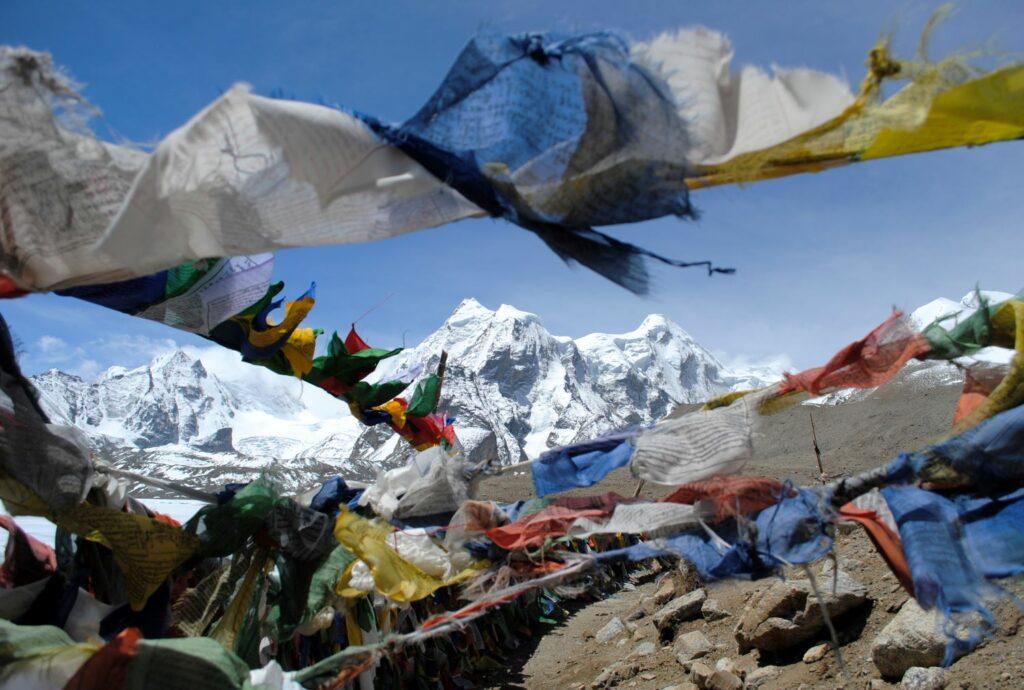
Deforestation, mountains of garbage, and overuse of water resources are just some of the pressing problems that tourism is causing to Nepal’s natural environment. For example, the many trekkers in the Everest region have turned the once pristine Khumbu region of the Himalayas into the “world’s highest garbage dump“. In the spring of 2024 alone, more than 77 tons of waste was collected at Everest Base Camp. Discarded equipment, cooking utensils, plastic waste, and “human waste” (i.e. feces and urine). Such statistics show that tourism needs to be made more sustainable – not only, but especially in the mountains.
New government measures
According to New Business Age, the Nepalese government has now taken action. These include:
- Waste disposal with the help of drones
- The requirement for climbers to bring back at least 8 kg of waste from Everest
- The imposition of a $4,000 “waste deposit” to encourage responsible behavior
However, the newspaper criticizes that the enforcement mechanisms are not strict enough. As a tourist, you should not only be guided by (possible) penalties and regulations, but also act on your own responsibility.
By the way, the government is taking a leaf out of Bali’s book. The Indonesian dream island had to pass a bunch of laws against garbage and disrespectful behavior because of overtourism.
Tips for sustainable mountaineering in the Himalayas
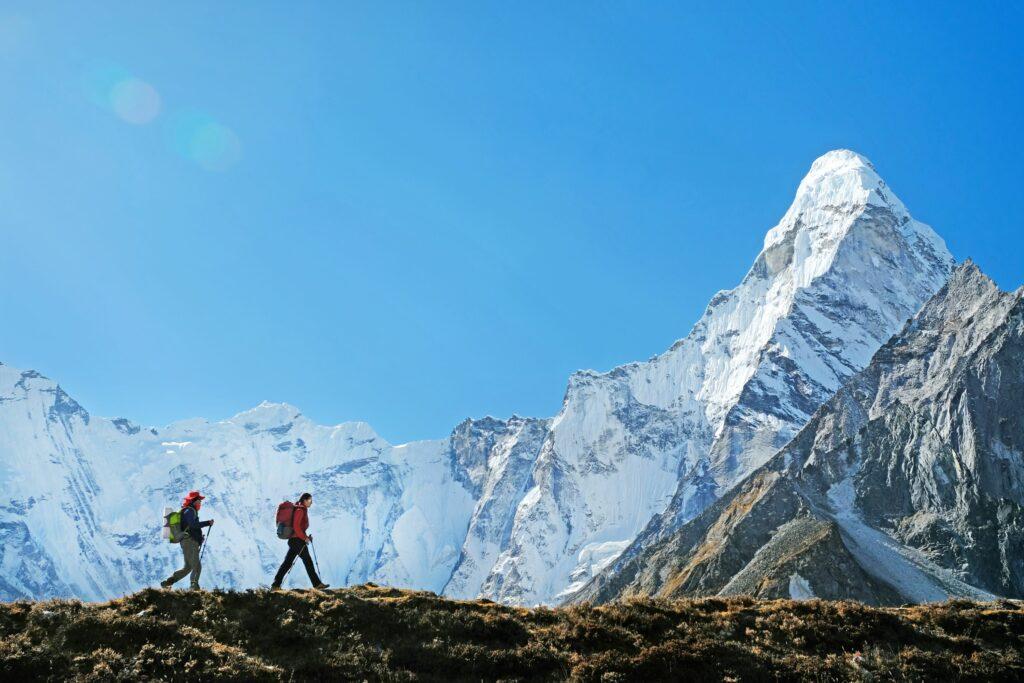
If you are planning a trek in Nepal, you can make a big difference with a few simple choices.
- Rent your trekking equipment locally. This is very easy, especially in tourist centers like Kathmandu or Pokhara.
- If possible, choose routes and trails off the beaten track – not only to avoid mass tourism, but also to support smaller villages that have benefited less from tourism. This doesn’t mean leaving the trails, but simply choosing less frequented paths.!
- When choosing a tour operator, look for local guides, fair working conditions, and transparent sustainability policies. (TrekkingTeamGroup, for example, advertises “excellence in sustainability,” Royal Mountain Travel is committed to supporting local communities and solar energy, and Social Trek Nepal considers both social and environmental issues.
- Avoid disposable products and bring items such as a water bottle, lunch box, and soap dish.
- Use toilets whenever possible. If not, bury, cover, or collect your waste and dispose of it properly at the next opportunity.
- Find out in advance about waste disposal along your route.
- Don’t leave anything behind. Not even the smallest piece of trash. The mountains are not an adventure playground and certainly not a garbage dump, but a very sensitive ecosystem.
8 things to know about Nepal before you go
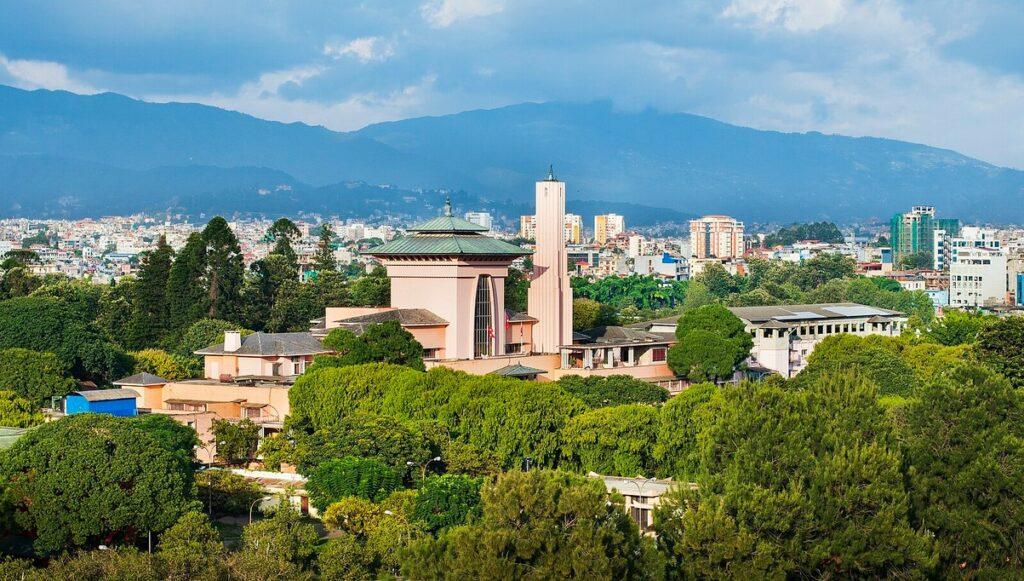
#1: Monsoon: During Nepal’s monsoon season (usually July/August), heavy rains and landslides can make travel difficult. Many resorts and tour operators close during this time for safety reasons. After monsoon, the country is very green.
#2: Mount Everest: At 8,848 meters, Mt. Everest is the highest mountain in the world above sea level and bears the surname of a British surveyor. In Nepal, the mountain is called सगरमाथा Sagarmatha. There are two base camps, one in Nepal and one in Tibet.
#3: Historical background: Nepal experienced ten years of civil war (1996-2006). One result was the abolition of the Hindu monarchy in 2008. Since 2015, the country has a new constitution and is now a parliamentary democracy.
The people of Nepal
#4:Ethnic groups and religion: The country is extremely diverse in terms of ethnicity and culture. The approximately 30 million Nepalese are divided into more than 100 ethnic groups. About 80 percent of the population is Hindu, and about 9 percent is Buddhist (especially in Mustang).
#5: Rural population: Compared to other countries in the world, Nepal has a very low proportion of urban dwellers. To this day, the country remains predominantly agricultural and rural.
#6: Climate Change: According to the Climate Risk Index 2021, Nepal is one of the ten countries most affected by climate change. This is mainly due to melting glaciers.
#7: Poverty: Since the end of the civil war, per capita income has increased and the country has made some progress in reducing poverty. Nevertheless, 17% of the population lives in poverty, according to the German Federal Ministry for Economic Cooperation and Development (BMZ). Nearly one-third of children suffer from malnutrition, and basic infrastructure and health care are lacking.
#8: Animals: Rare animals such as the Bengal tiger, snow leopard, and rhinoceros live in Nepal. In the south of the country, a tropical jungle with a particularly rich fauna borders the foothills of the mountains. The famous Chitwan National Park is also located here.
Travel highlights in Nepal and how to explore them sustainably

Despite its relatively small size, Nepal has a lot to offer. Whether you’re looking for nature or culture, adventure or relaxation, there’s almost nothing you can’t find here. However, not all of it is compatible with sustainable travel. But don’t worry, even with a sustainable mindset, you don’t have to miss out on unique experiences. In fact, they are likely to be more intense because you will be interacting with the locals and experiencing the environment more directly than if you were rushing through it or flying over it.
You can have adventures without a helicopter
From trekking in the Annapurna region to expeditions to Everest, Nepal offers adventure and adrenaline-pumping attractions for this audience. Higher, faster, more extreme.
If you want to travel sustainably, we probably don’t need to tell you this. But for the sake of completeness, we’ll do it anyway: it’s best to avoid activities such as helicopter rides or skydiving – these cause enormous emissions and are at odds with environmentally responsible travel. If you’re looking for extreme thrills, try bungee jumping, ziplining, or whitewater rafting – adventures with much less impact on the environment. Of course, you should also make sure that the operators treat nature with respect.
Gentle wildlife viewing instead of elephant riding
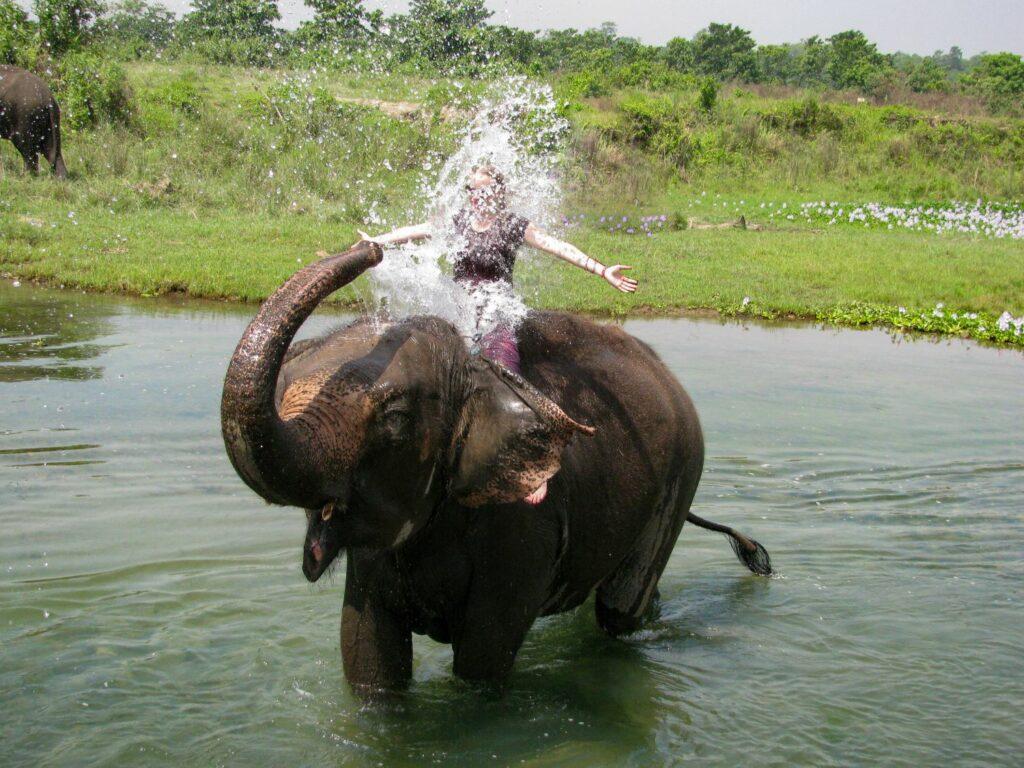
From Chitwan National Park to Lake Rara, Nepal is a biodiversity hotspot. If you go on a nature trip, look for certified operators who respect protected areas, do not disturb wildlife, and involve local communities. Avoid elephant riding (unfortunately offered by many operators in Chitwan National Park), as elephant riding is always associated with animal suffering. Instead, choose eco-friendly safaris on foot or by canoe.
Respectful encounters with culture and tradition
Nepal’s cultural heritage is impressive. From centuries-old temples to vibrant cities like Bhaktapur and small traditional villages, there is much to discover. Take the time to understand the stories behind the facades. As mentioned above, when choosing a tour operator, look for those that specialize in supporting local communities and work closely with them.
Accommodation and support
Nepal has some wonderful sustainable accommodations, such as The Pavilions Himalayas – The Farm, an eco-resort in the Pokhara region. The resort is powered by green electricity, runs its own organic farm, and cooks with on-site biogas. The Pavilions uses its income to support organizations such as Right4Children. You can read more about their social commitment in our article on charity hotels.
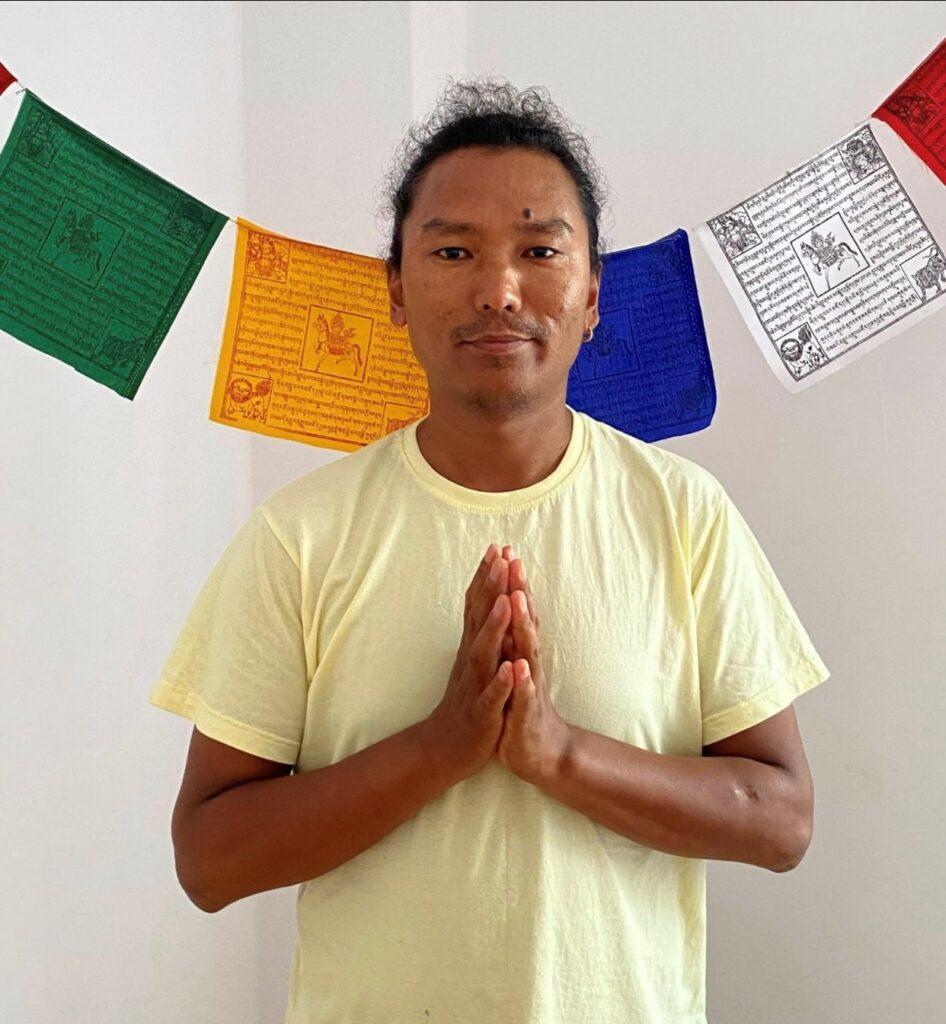
Spirituality, Yoga and Ayurveda
There are many monasteries and spiritual places in Nepal. But be careful: some of them do not welcome tourists, and you should respect this. In general, make sure you behave respectfully, find out about rules of conduct and visiting hours in advance, and choose activities that aren’t just for quick selfies.
At the aforementioned resort, The Pavilions Himalayas – The Farm, you can book yoga retreats with Guru Shyam Gurung that delve deep into the theory and philosophy of yoga. Ayurvedic treatments are also available.
Tourism as an opportunity, not a burden
Sustainable travel allows you to experience Nepal without causing (major) damage. You will dive into a world full of contrasts – between snow-covered peaks and subtropical jungle. Experience ancient rituals and hospitable people.
Instead of consuming the culture or using nature as a mere adventure playground, you will interact with the country and its people on an equal footing. In this way, tourism and your trip can be a real support.
PS: You can find our position on air travel in the article “Are we still allowed to fly?”
Save this guide to Pinterest.
